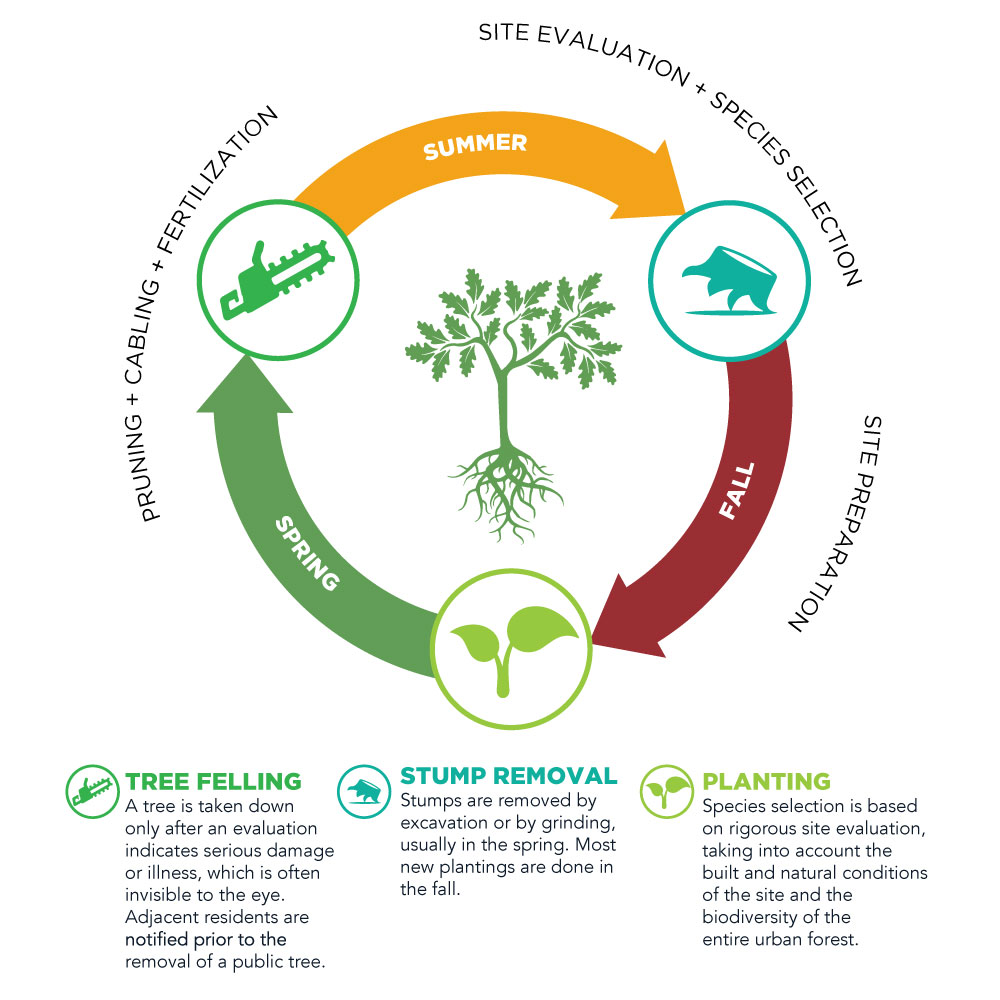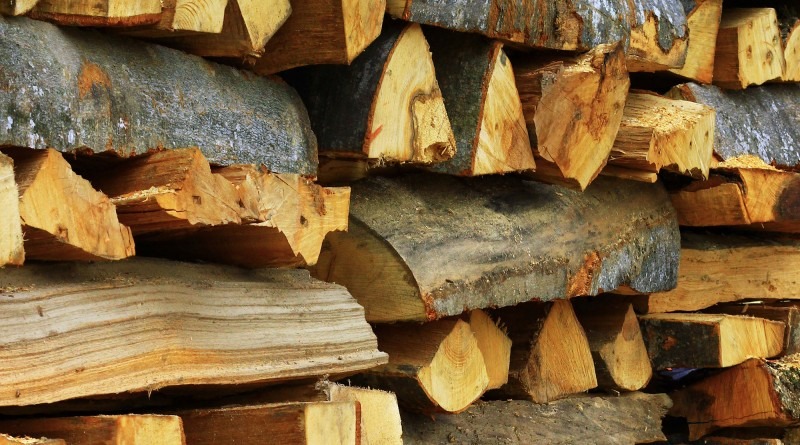IDENTIFY
Ragweed, which can reach up to 2m high, is recognizable by its serrated leaves and spiked flowers. Its appearance varies with its stages of growth. It tends to grow in poor, arid and disturbed soils, and is frequently seen along roads, streets and sidewalks, as well as on industrial land.
REMOVE
Ragweed is easy to pull up, especially in the early stages of growth. When there is too much to remove by hand, mowing will help prevent or delay the flowering stage.
DISCOURAGE FLOWERING
Ragweed will not produce pollen if the plant is uprooted or cut before the flowering stage. Repeated mowing is necessary, however, to prevent the flowers from developing.
PREVENT PROPAGATION
Ragweed is often found in difficult growing conditions. It does not compete well with other plants in fertile soil, including grass. By keeping your lawn and garden healthy, ragweed is less likely to find a niche.
Japanese Knotweed
(Reynoutria japonica or Fallopia japonica)
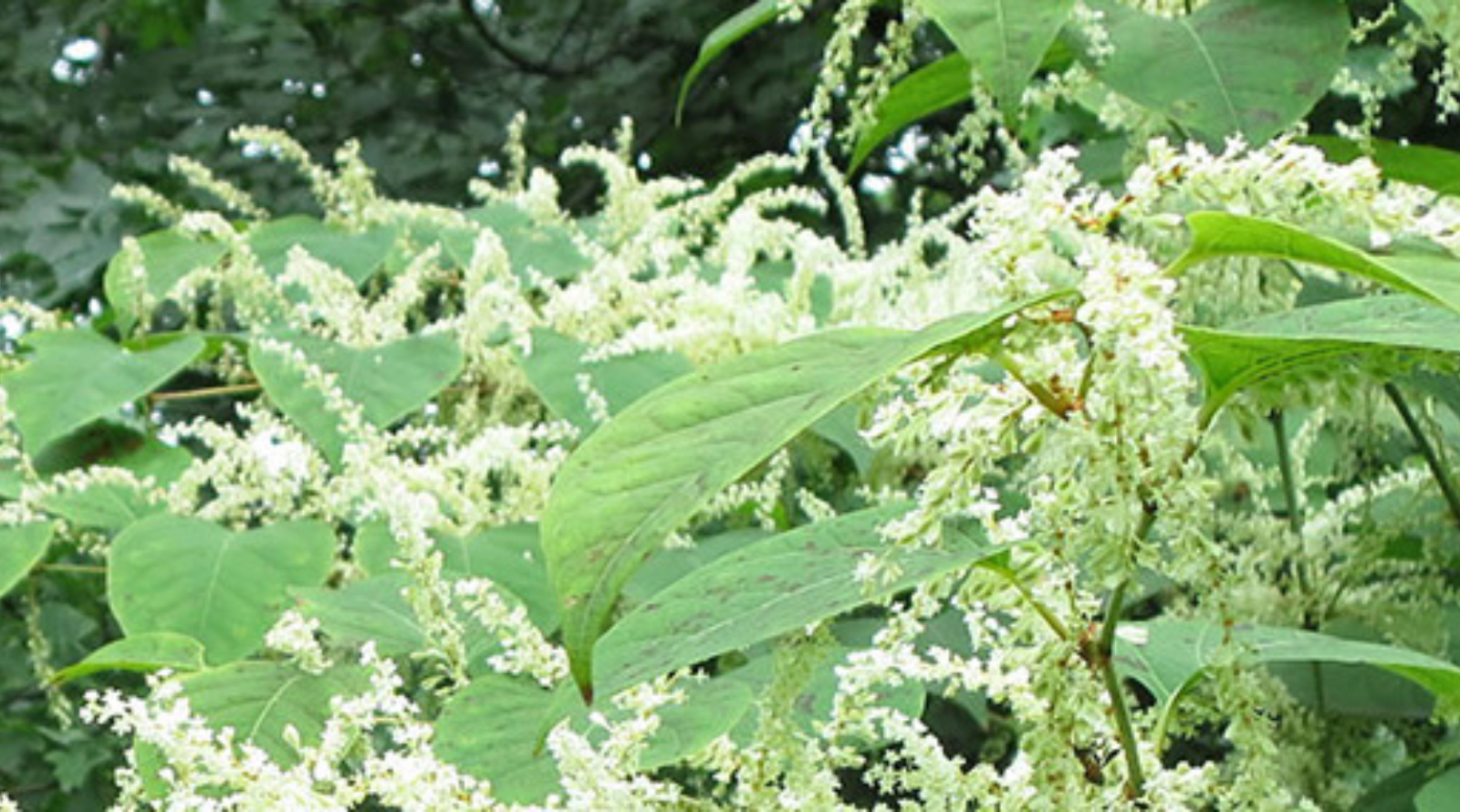 Japanese knotweed is an aggressive semi-woody perennial plant that is native to eastern Asia. It was introduced to North America in the 19th century as an easy-to-grow ornamental and was also planted on shorelines to prevent erosion because of its strong root system.
Japanese knotweed is an aggressive semi-woody perennial plant that is native to eastern Asia. It was introduced to North America in the 19th century as an easy-to-grow ornamental and was also planted on shorelines to prevent erosion because of its strong root system.
Now illegal to sell or propagate, the plant is very rarely seen in stores, but has been found under the label ‘Japanese Bamboo’. The IUCN has listed it among the 100 worst invasive species in the world.
Although Japanese knotweed was once mostly found along road ways, ditches and along waterways, its past commercial popularity and aggressive root system means that it can now be found anywhere. Knotweed and other exotic invasive species often favour bare areas where there are little to no native species to compete with.
AVOID
Do not buy, plant or walk through Japanese knotweed or any plant that may resemble it. This invader is very persistent due to the lack of natural predators, its ability to spread aggressively from the smallest fragment, and its resistance to Canadian winters. Once established, it is extremely difficult to control. The plant re-roots extremely easily and even the tiniest fragment will grow into a large plant. It is important to avoid disturbing these plants as unintentional propagation may occur. In wooded areas, always stay on pathways and never take cuttings for home or the cottage.
IDENTIFY
Japanese knotweed is often mistaken for bamboo because of its appearance: large oval/heart shaped leaves (3-6 inches long and 2-5 inches wide), round reddish-purple hollow stems with bamboo-like knots, very rapid growth reaching 1-3 metres in height, small greenish-white flowers that produce a small white fruit with wings that disperses seeds efficiently, and brown shiny seeds.
ASSESS THE GROWING ENVIRONMENT
Before deciding on a removal method, consider the site conditions first to ensure the best results. In full-sun areas: cut the plants and solarize (cover with a dark tarp), and re-seed the area with native plant seeds adapted to full-sun. In shaded areas: do repeated cutting without solarization (the heat produced will not be sufficient to cook the roots effectively), and re-seed the area with native plant seeds adapted to full shade. Repeatedly cutting knotweed low to the ground from April until October will stress the plant and its root system. This constant stress and absence of leaves to absorb nutrients will eventually result in the death of the plant.
PREVENT PROPAGATION
Japanese knotweed spreads aggressively through an extensive rhizome network (horizontal plant stems growing underground). Stem growth is renewed each year from this deep underground system and its growth is rigorous. Once established, the root system is almost impossible to remove, as it can spread as deep as 10 feet beneath the surface.
- Cut all Japanese knotweed plants as low to the ground as possible and never allow it to grow over 1 foot in height or to go into flower or seed.
- Pay special attention to cut any small satellite plants growing away from the main concentration.
- Never mow or roto-till Japanese knotweed as this creates small fragments which may re-root and create many new plants.
- Always check machinery and clothing for plant fragments to avoid spreading the weed.
ERADICATE THE PLANT
The best way to eradicate Japanese Knotweed is to starve the plant of sunlight and energy by repeatedly cutting all shoots at the ground, as outlined above. Focusing on smaller new growth in priority will deter these new plants from growing bigger and stronger. Re-planting the area with native vegetation once control measures are complete will help to suppress re-sprouting and assist in preventing new invaders from establishing.
DISPOSE OF ALL PARTS OF THE PLANT CAREFULLY
Knotweed and its fragments should never be placed in the compost. Always double bag any part of the plant and place in the garbage.
- Always dispose of knotweed (leaves, flowers, stems or root fragments) in double garbage bags in the regular garbage collection.
- Never dispose of any part of the plant in compost (residential or municipal).
- Even small fragments of the plant will re-root and can often survive commercial processing of compost. Dispose of any soil removed during these types of interventions also; it is contaminated and cannot be used elsewhere to avoid propagating the plant


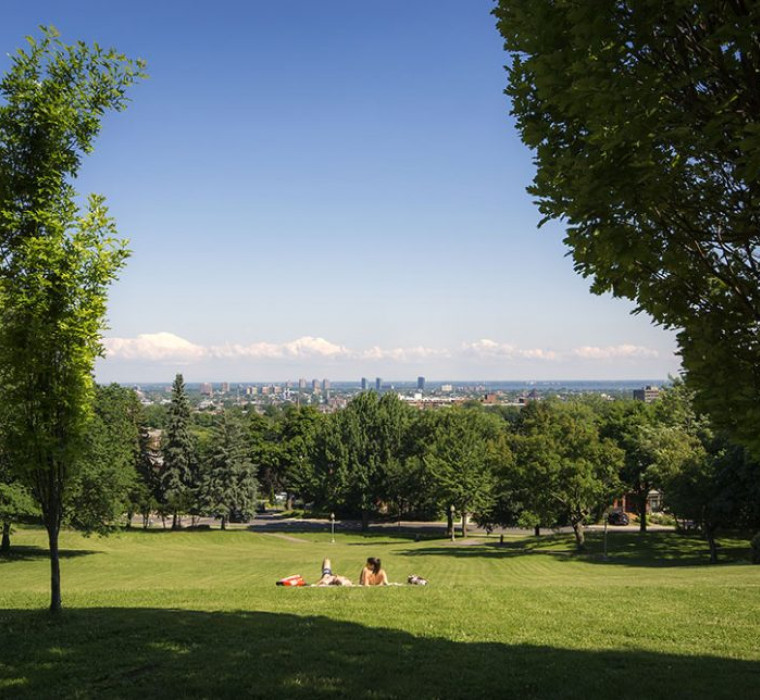







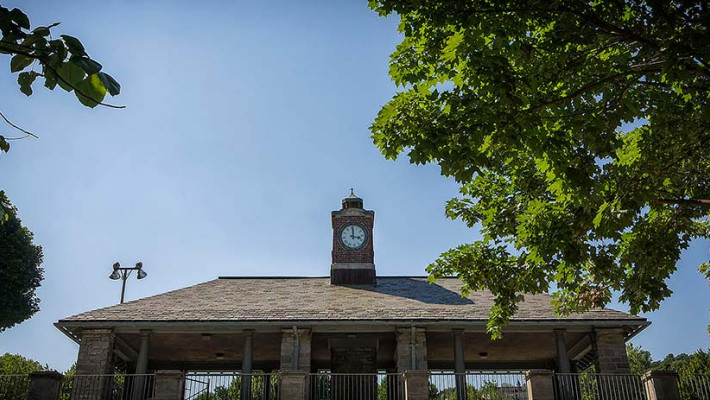

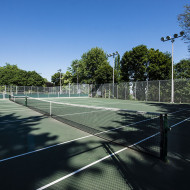




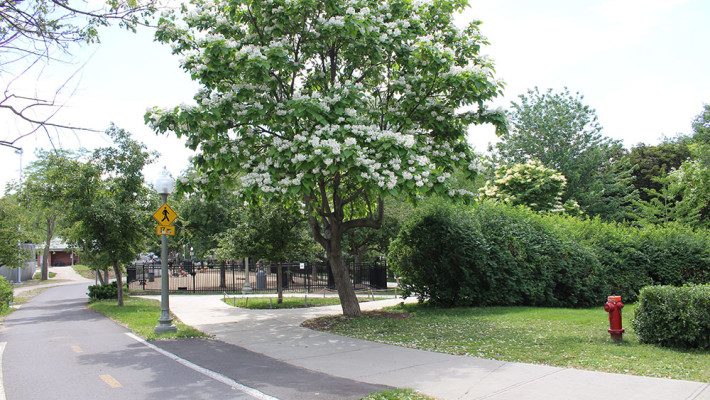












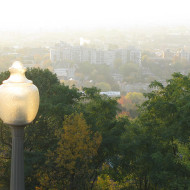




















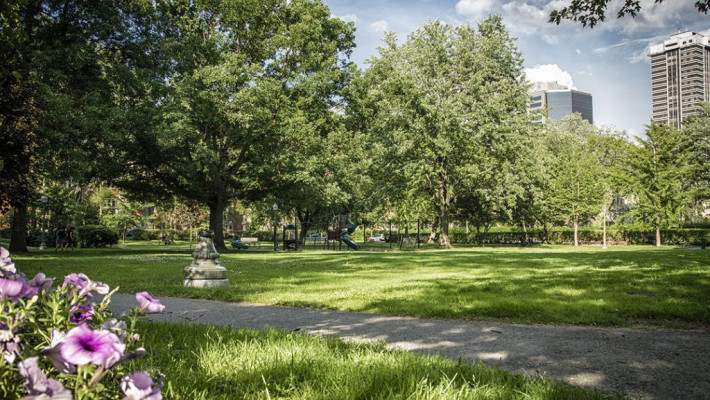




















 Common ragweed — an invasive annual plant found throughout Quebec — is considered to be the main cause of allergic rhinitis or hay fever. More than 10% of the population is affected by the light, airborne pollen, which may cause sneezing, irritated nose and eyes, coughing and asthma. A single ragweed plant is capable of producing several million grains of pollen during its flowering stage from mid-July until the first frost.
Common ragweed — an invasive annual plant found throughout Quebec — is considered to be the main cause of allergic rhinitis or hay fever. More than 10% of the population is affected by the light, airborne pollen, which may cause sneezing, irritated nose and eyes, coughing and asthma. A single ragweed plant is capable of producing several million grains of pollen during its flowering stage from mid-July until the first frost.

